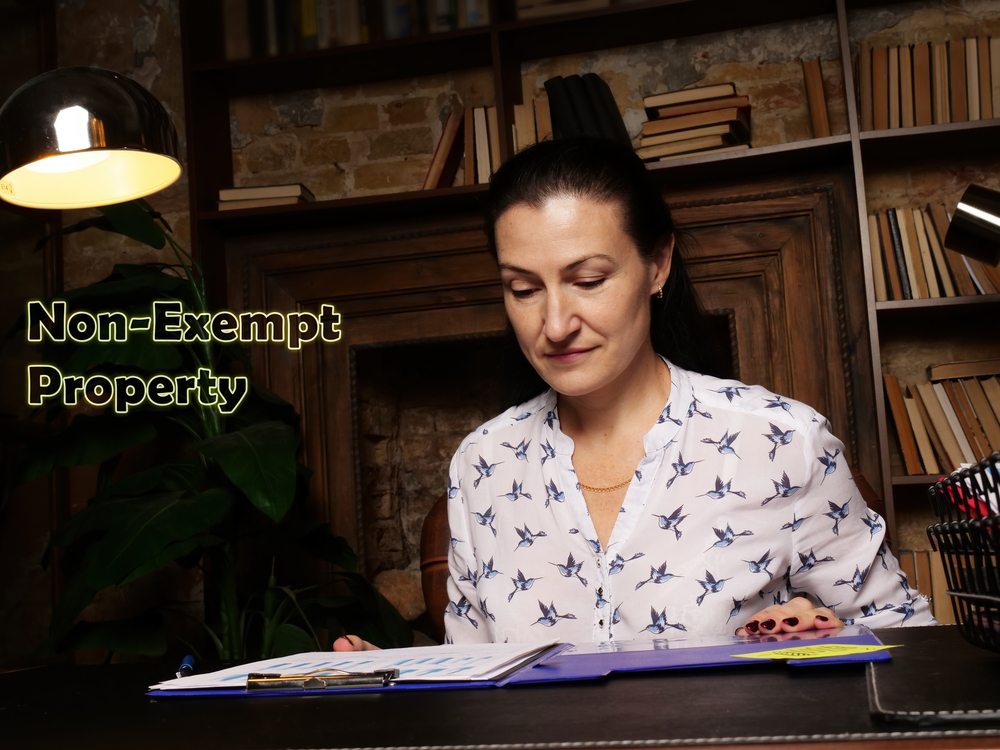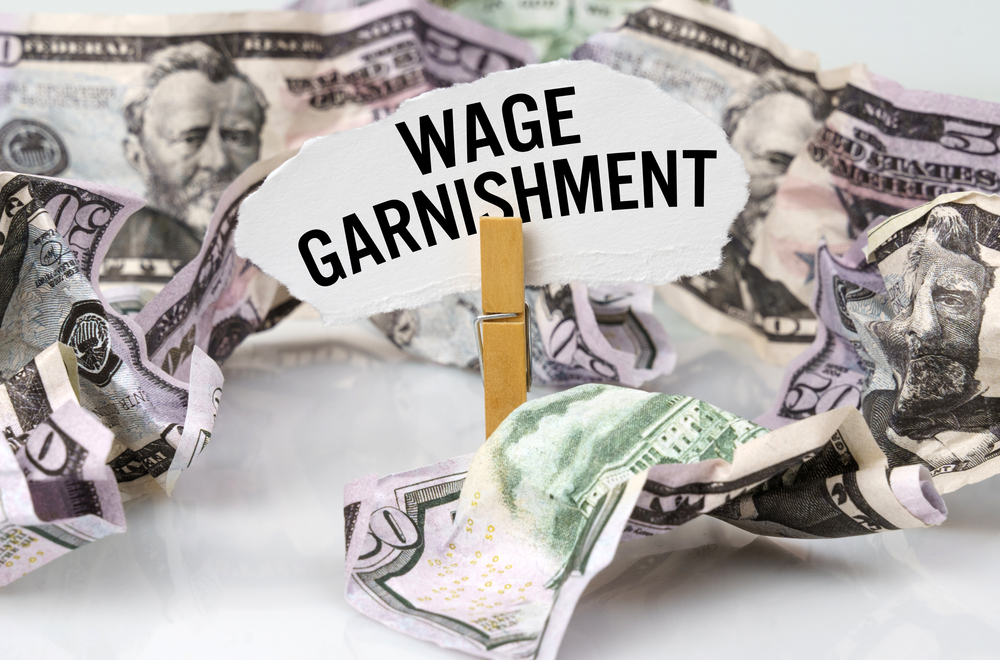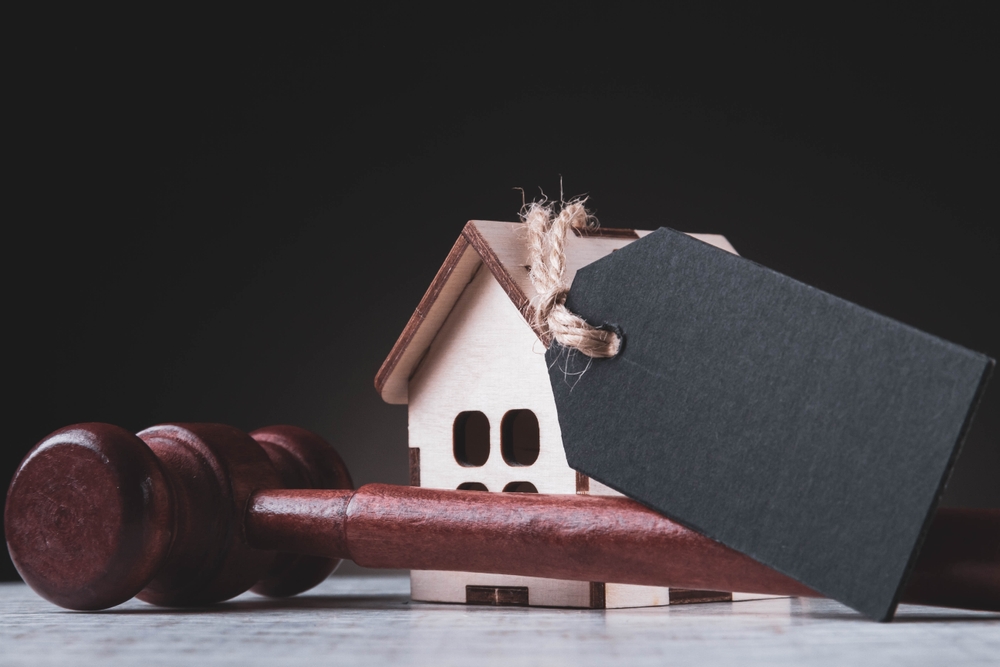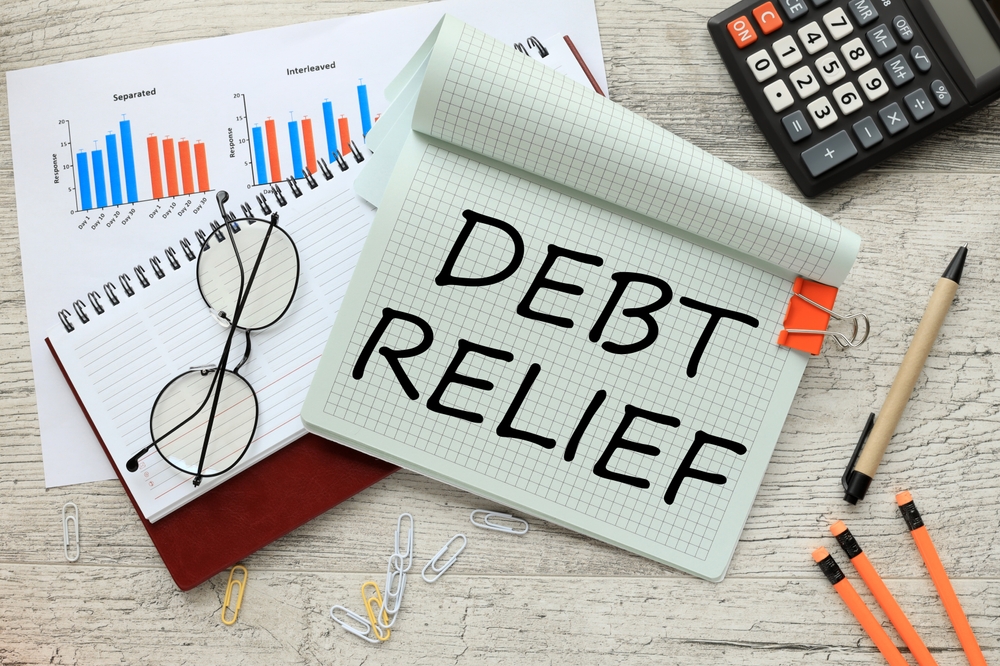In Michigan, non-exempt property in bankruptcy refers to assets that are not protected under state or federal exemption laws. Non-exempt property may be sold in Chapter 7 bankruptcy to repay creditors, while in Chapter 13, you may need to account for its value in your repayment plan.
At Kostopoulos Bankruptcy Law, we specialize in helping individuals protect as much of their property as possible while pursuing financial relief. With decades of experience, we ensure that you fully understand your options and rights throughout the bankruptcy process. Let’s explore what non-exempt property means, how it applies in Michigan, and how you can maximize your exemptions.
What Is Non-Exempt Property in Michigan Bankruptcy?
When filing for bankruptcy in Michigan, understanding the difference between exempt and non-exempt property is essential. You might be asking: What is non-exempt property in Michigan bankruptcy?
Non-exempt property in Michigan bankruptcy refers to assets that are not protected under Michigan or federal bankruptcy exemption laws. These assets may be sold by the trustee in Chapter 7 to pay creditors or factored into a repayment plan in Chapter 13.
Examples of non-exempt property include:
- Luxury items like boats or high-value collectibles.
- Secondary vehicles or vacation homes.
- Bank account balances exceeding the exemption limit.
Michigan allows debtors to choose between state and federal exemption systems. Working with an experienced attorney ensures you select the best option for your circumstances and protect the maximum amount of property.

What Are the Most Common Examples of Non-Exempt Assets?
The types of non-exempt assets vary depending on your chosen exemption system, but common examples include:
| Type of Asset | Why It May Be Non-Exempt |
|---|
| Secondary vehicles | Exceed exemption limits or are not necessary for employment. |
| High-value jewelry | Value exceeds the personal property exemption. |
| Investment accounts | Not protected under retirement account exemptions. |
| Vacation properties | Considered luxury or non-essential assets. |
Understanding which assets are non-exempt helps you plan your bankruptcy case effectively.
How Are Non-Exempt Assets Valued in Michigan Bankruptcy?
When determining non-exempt property, the value of your assets plays a critical role. Non-exempt assets in bankruptcy are valued based on their fair market value, which is the amount they would sell for in their current condition. Key factors in valuation include:
- Condition of the Asset: Wear and tear or depreciation reduces the value.
- Market Comparisons: Similar items on resale platforms or local markets help establish value.
- Professional Appraisals: For high-value items like jewelry or artwork, trustees may require appraisals.
Understanding how assets are valued ensures you can accurately assess whether property falls within exemption limits.
How Do Michigan Exemption Laws Affect Non-Exempt Property?
Michigan law provides two exemption systems: the state exemption system and the federal exemption system. The choice of system determines how much of your property is protected in bankruptcy. Key exemptions include:
- Homestead Exemption: Protects a portion of equity in your primary residence.
- Motor Vehicle Exemption: Covers a limited value of one vehicle.
- Personal Property Exemption: Safeguards household goods and personal items.
Choosing the right exemption system is critical to reducing the amount of non-exempt property.
What Happens to Non-Exempt Property in Chapter 7 Bankruptcy?
Understanding what happens to your property during Chapter 7 bankruptcy is essential for making informed decisions. You might be asking: What happens to non-exempt property in Chapter 7 bankruptcy?
In Chapter 7 bankruptcy, non-exempt property is sold by the bankruptcy trustee, and the proceeds are distributed to your creditors. This allows you to discharge eligible debts while ensuring creditors receive partial repayment.
This liquidation process ensures that creditors receive partial repayment for unsecured debts. However, most filers retain the majority of their property due to exemptions.
Steps in the process include:
- Inventory of Assets: The trustee evaluates your property.
- Exemption Claims: You list exempt property under the chosen system.
- Sale of Non-Exempt Assets: The trustee liquidates remaining assets if necessary.
Proper planning with an attorney can help minimize the risk of losing valuable property.
What Is the Role of the Bankruptcy Trustee with Non-Exempt Assets?
The bankruptcy trustee plays a critical role in managing non-exempt assets during bankruptcy proceedings. You might be asking: What is the role of the bankruptcy trustee with non-exempt assets?
In Chapter 7 bankruptcy, the trustee is responsible for locating, selling, and distributing the proceeds from non-exempt assets to creditors. This process ensures that creditors receive partial repayment while the debtor works toward discharging eligible debts.
Trustees often avoid selling low-value assets that would provide minimal benefit to creditors, helping many debtors retain more of their property.

Can Non-Exempt Property Be Protected in Bankruptcy?
The bankruptcy trustee plays a critical role in managing non-exempt assets during bankruptcy proceedings. You might be asking: What is the role of the bankruptcy trustee with non-exempt assets?
In Chapter 7 bankruptcy, the trustee is responsible for locating, selling, and distributing the proceeds from non-exempt assets to creditors. This process ensures that creditors receive partial repayment while the debtor works toward discharging eligible debts.
While non-exempt property is technically at risk, there are strategies to protect it. Techniques such as exemption planning and negotiating with creditors can help minimize asset loss.
Additionally:
- Trustees may choose not to sell low-value non-exempt assets if the sale proceeds won’t substantially benefit creditors.
- Filing for Chapter 13 bankruptcy allows you to retain all assets by committing to a repayment plan.
Discussing your options with an experienced bankruptcy attorney is the best way to protect your property.
How Does Non-Exempt Property Impact Bankruptcy Discharge?
The bankruptcy trustee plays a critical role in managing non-exempt assets during bankruptcy proceedings. You might be asking: What is the role of the bankruptcy trustee with non-exempt assets?
In Chapter 7 bankruptcy, the trustee is responsible for locating, selling, and distributing the proceeds from non-exempt assets to creditors. This process ensures that creditors receive partial repayment while the debtor works toward discharging eligible debts.
Key points to understand:
- Full Disclosure: Hiding non-exempt property can delay or jeopardize discharge.
- Exemptions and Planning: Proper use of exemptions reduces the amount of property at risk.
- Trustee’s Report: Once non-exempt property is handled, the trustee submits a report, clearing the way for discharge.
By cooperating with the trustee and utilizing exemptions strategically, you can achieve a smooth and timely discharge.
How Can a Bankruptcy Attorney Help You Manage Non-Exempt Assets?
An experienced bankruptcy attorney can:
- Evaluate Your Property: Determine which assets are exempt or non-exempt.
- Maximize Your Exemptions: Help you choose the best exemption system.
- Plan for Asset Protection: Develop strategies to safeguard your property.
At Kostopoulos Bankruptcy Law, we’ve helped thousands of Michigan residents successfully navigate bankruptcy while retaining their most important assets.
Call Kostopoulos Bankruptcy Law for a Free Consultation
If you’re considering bankruptcy and worried about protecting your property, contact Kostopoulos Bankruptcy Law at 877-969-7482 for a free, no-obligation consultation. Our experienced team will guide you through the process, help you maximize your exemptions, and secure your financial future. Your fresh start is just one call away.
Related Content:
Start Your Financial Reset
Embrace A Debt-free Future
FAQs About Non-Exempt Property in Michigan Bankruptcy
What is considered non-exempt property in bankruptcy?
Non-exempt property includes assets not protected by exemption laws, such as luxury items, secondary vehicles, and high-value collectibles. These items may be sold to repay creditors in Chapter 7 bankruptcy.
Can I keep non-exempt property in Chapter 13 bankruptcy?
Yes. Chapter 13 bankruptcy allows you to keep all property, including non-exempt assets, by committing to a court-approved repayment plan.
How do I choose between Michigan and federal exemptions?
Michigan allows you to choose either system. The best choice depends on your property and financial situation. Consult an attorney to determine which system offers better protection.
What happens if I fail to disclose non-exempt property?
Failing to disclose assets can result in dismissal of your case or legal penalties. Always provide accurate information to your bankruptcy attorney and trustee.
Can I convert non-exempt property to exempt property?
In some cases, yes. Exemption planning, such as using non-exempt funds to pay down your mortgage, is allowed if done correctly and in good faith.
Do non-exempt assets always get sold in Chapter 7 bankruptcy?
No. Trustees may decline to sell non-exempt property if its value is low or the proceeds won’t significantly benefit creditors.
How can a bankruptcy attorney help with non-exempt property?
An attorney can evaluate your assets, maximize exemptions, and protect your property through strategic planning and representation.












